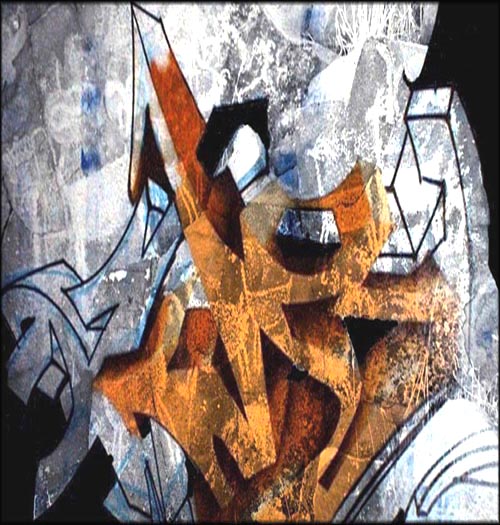In
the journey from wilderness to city jutting obtuse angles of mountains
flatten into
walls. Muddy ancient paths are paved over and straightened out.
Trees
are planted in rows, or felled to create space for the
blueprints of new construction.
As walls rise so do opportunities for graffiti.
Archaeologist Paul G. Bahn wrote that "it can be sometimes difficult to be certain if markings are graffiti or not." By graffiti he means what is not endemic to the original work. Bahn points to Grapeville Canyon, Nevada, where only by comparing "photographs from 1930, the 1960s, and 2000 which show that a small triangular figure was added during that period" was it found that all the marks weren't made during prehistoric times. Here is art’s timeless challenge to Alexander Marshak's "time-factored thought," and dogmatic conservation.
"Every artist's work changes when he dies.
And finally no one remembers what his work was like
when he was alive."
The purity of work, the value of old things. From scientific, historical and market perspectives these qualities make sense. However, unlike the other peaks of the Annapurna massif, Machhapuchare remains pristine, not because it is impregnable---it was climbed to within fifty feet of the summit in 1957---but because for an artist origination is a measure of beauty, not chastity, and there are no paradigmatic ascents.
Graffiti has evolved into a genre of art with an hagiography and literate aesthetics. Although one may think it must be made in a different spirit from what prompted rock artists, graffiti may be seen as an urban version of an initiatory Vision Quest.
